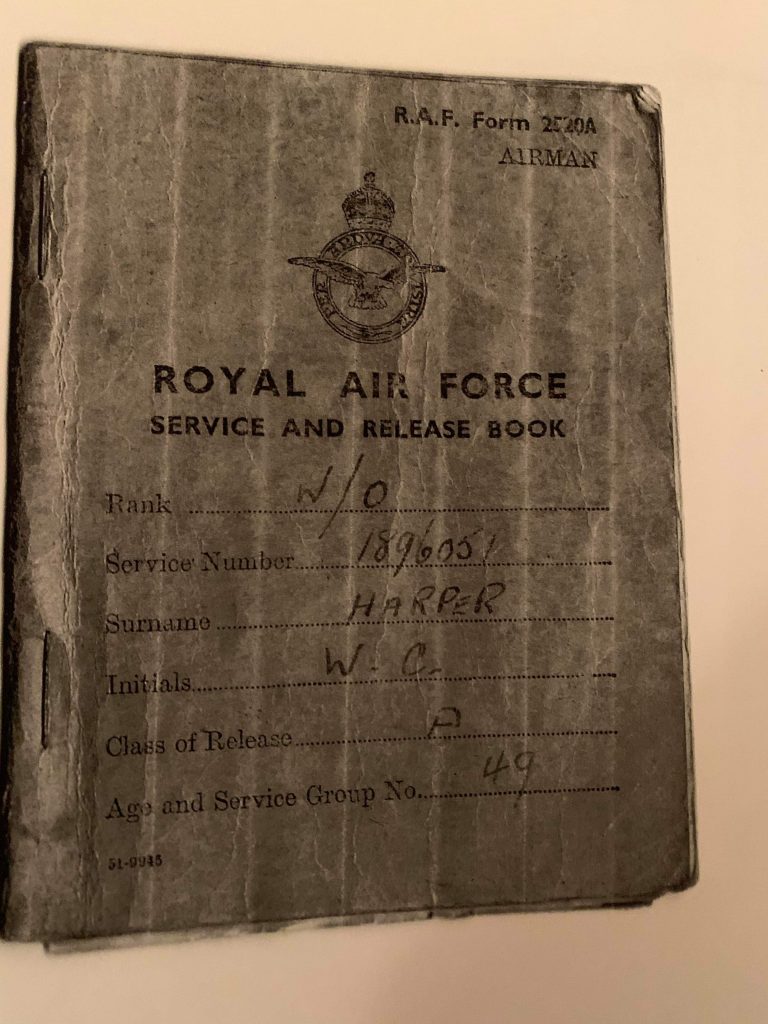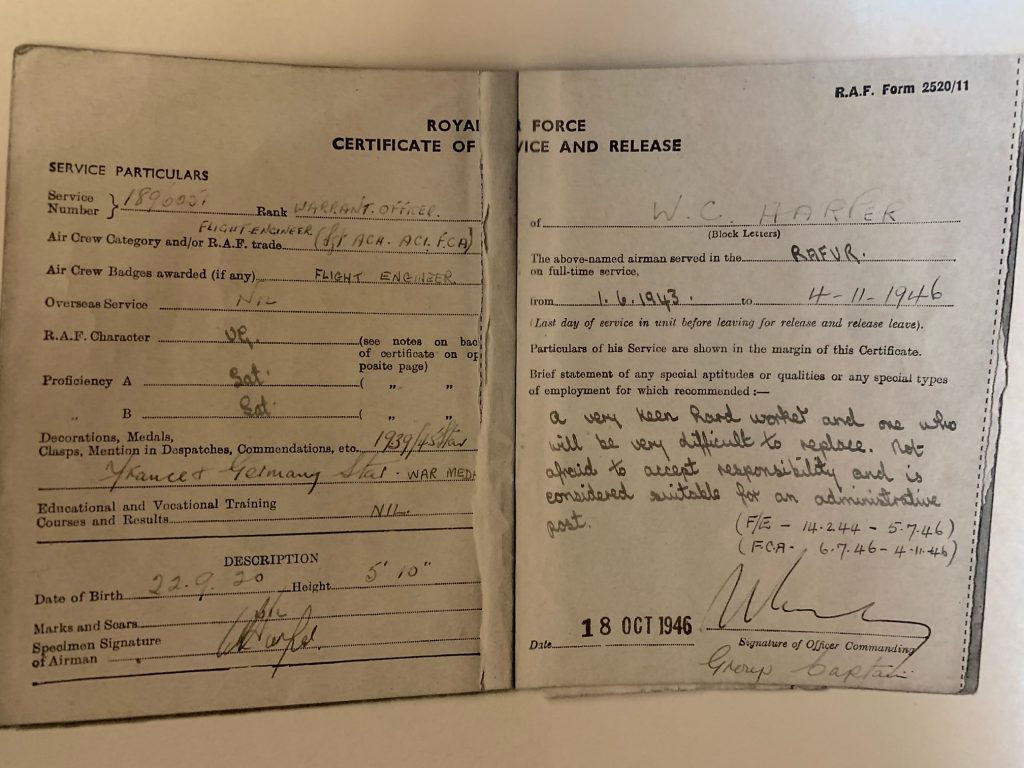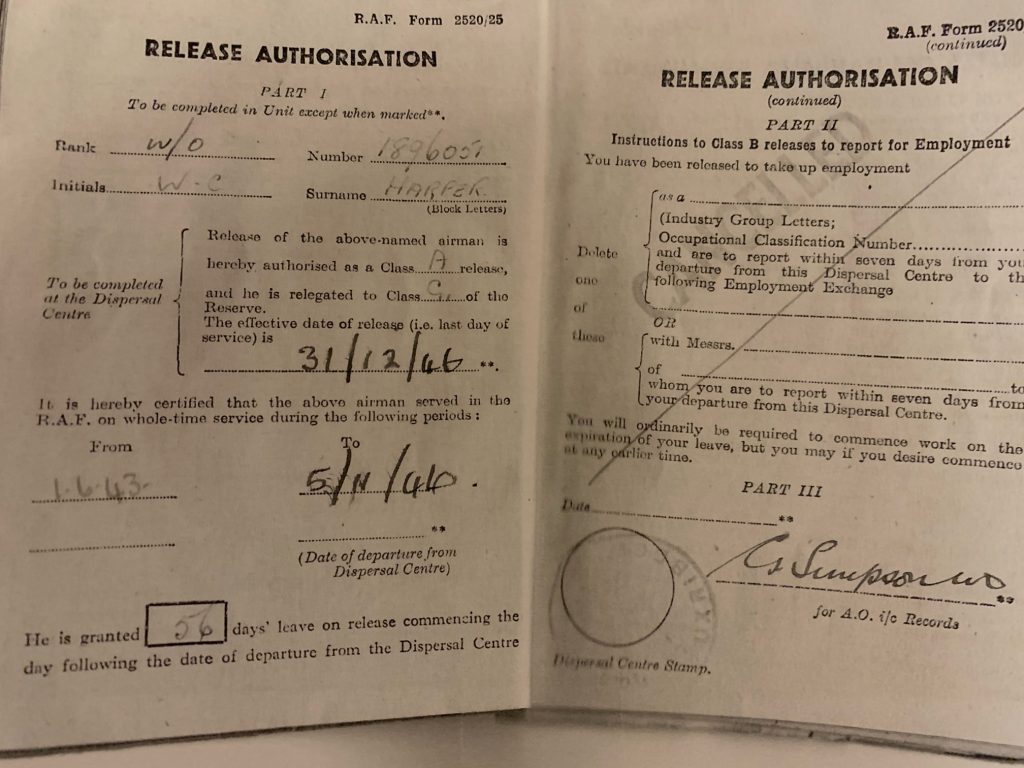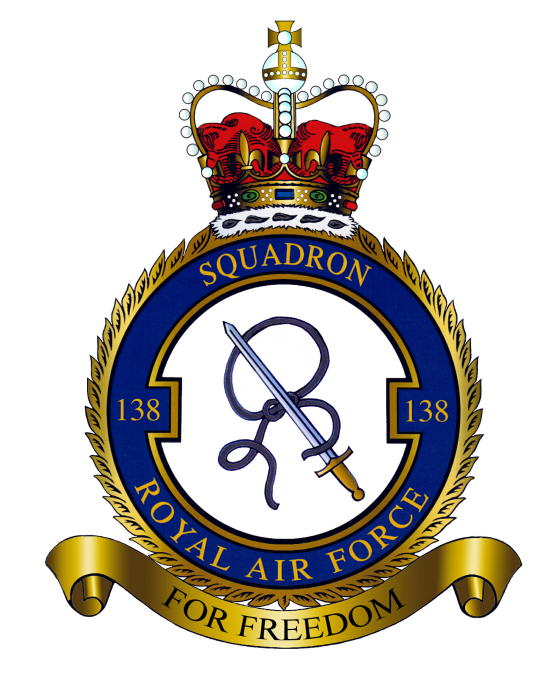Many thanks to Bill’s daughter Doreen Issott and Bill’s nephew Peter Harper for sharing this story.
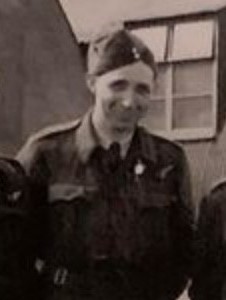
WO Bill Harper served as a Flight Engineer on No 138 Squadron at RAF Tempsford in Bedfordshire during the period May 1944 – Jan 1945. After initial Flight Engineer Training he was posted to 1653 Heavy Conversion Unit at RAF Chedburgh in Suffolk.
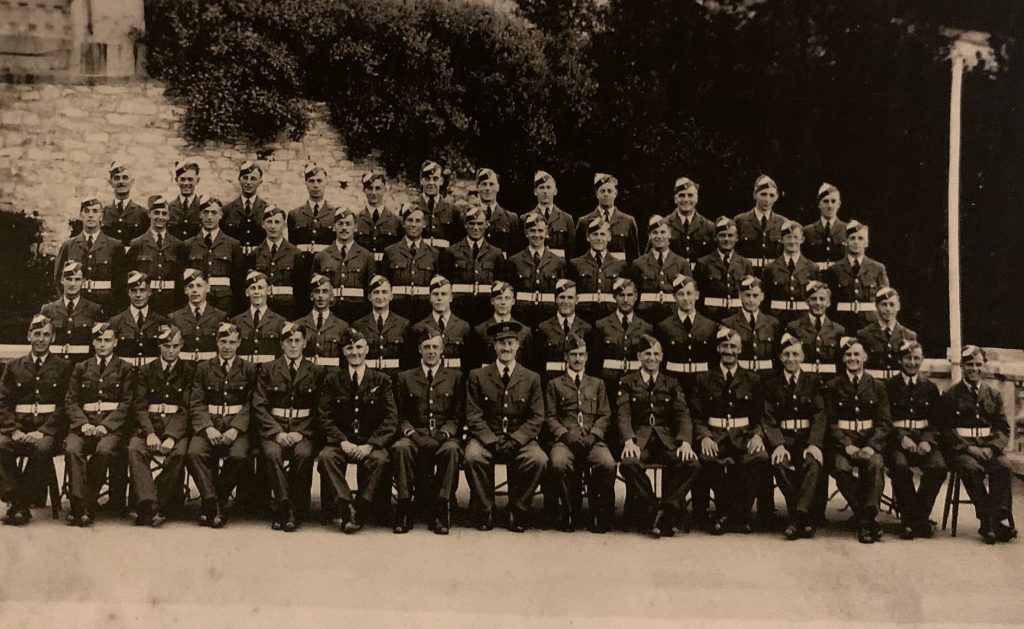
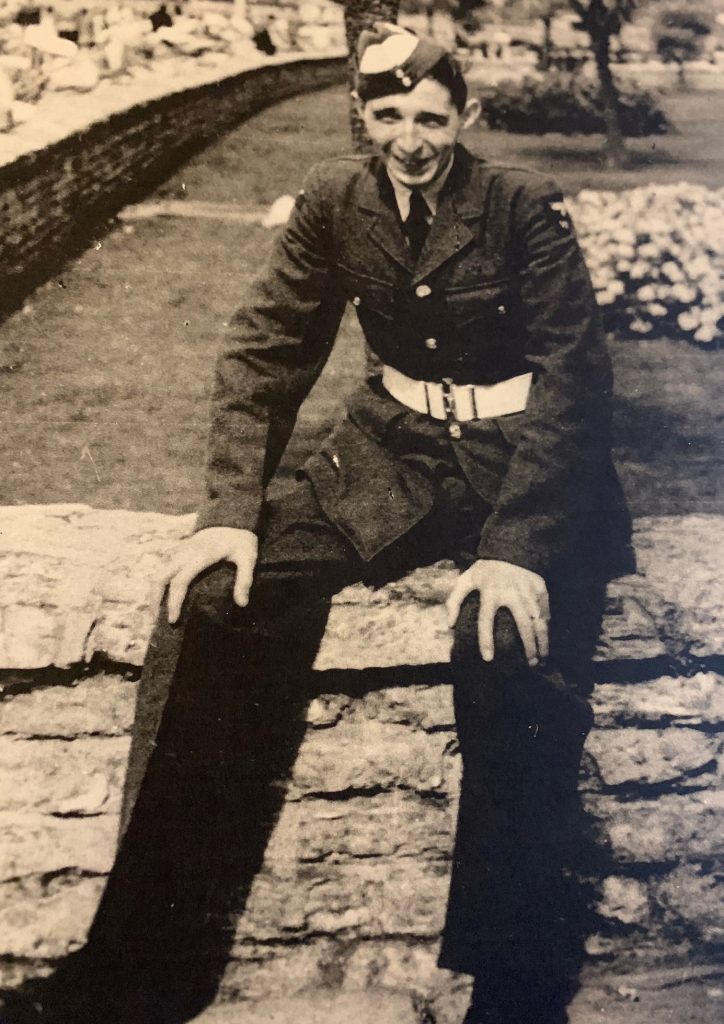
Bill’s logbook records that whilst on 1653 Heavy Conversion Unit his fledgling crew were trained on the Shorts Stirling during Apr/May 1944. However, on arrival at RAF Tempsford 138 Sqn were operating the HP Halifax; this required a period of conversion training in May 1944 including 13 flights over a 13 day period.
Bill’s crew commenced operations in June 1944 and completed 22 operations over the next 3 months. On 17 June the crew claimed one Messerschmitt 110 destroyed by the rear gunner; on 8 August Bill records being attacked five times by 2 enemy aircraft.
In August 1944 the squadron re-equipped with the Shorts Stirling which required the crew to undergo a further period of refresher training. Between August 1944 and January 1945 the crew completed a further 11 operations bringing their total to 33. One of these latter operations was cut short when the rear gunner was blinded by lightning.
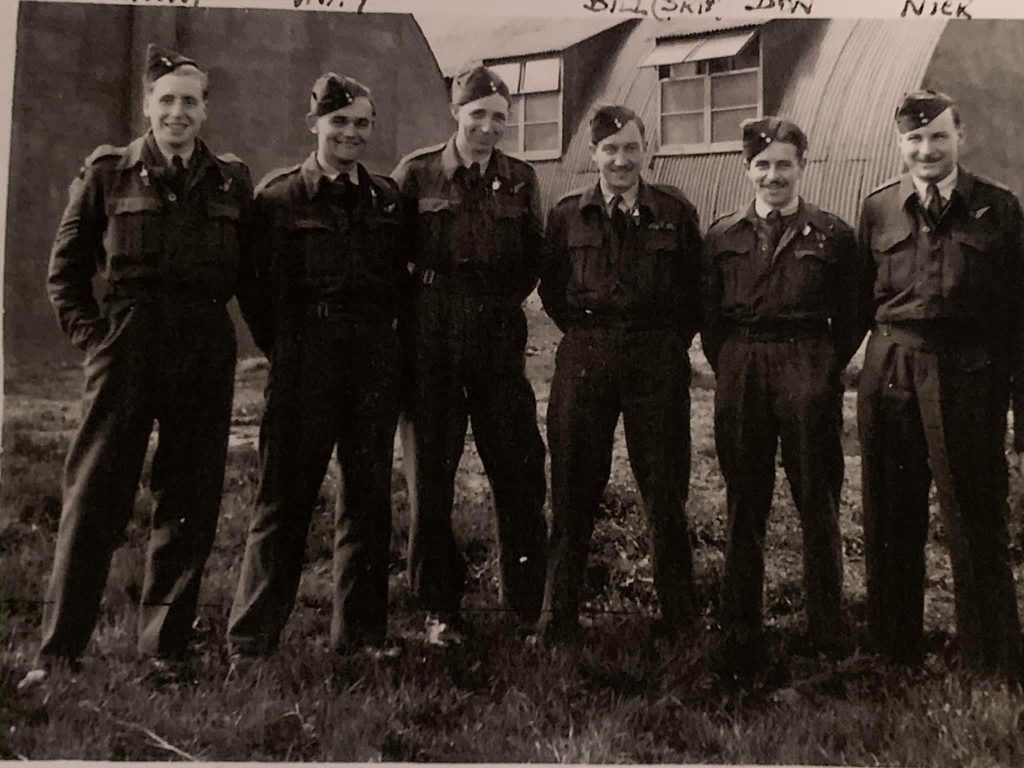
The Kiwi Express
Bill’s crew was formed largely of New Zealanders and their Shorts Stirling was named “The Kiwi Express”. The crew was skippered by FS William Strathern. Bill was commissioned as the crew completed their Halifax conversion on No 138 Sqn and later awarded the Distinguished Flying Cross for bringing back a damaged aircraft.
Bill Strathern Military Record
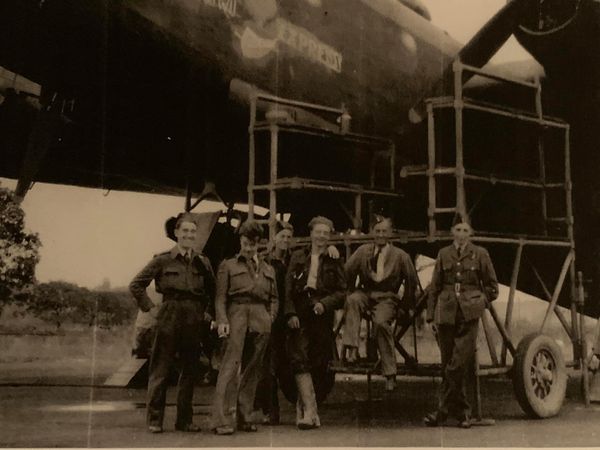
When Bill Harper was looking for godparents for his daughter it was perhaps inevitable that he would look to the skipper who successfully brought his crew home from 33 operations. The young Doreen was only a few months old when her mother took her to Buckingham Palace when Bill Strathern received his DFC.
Bill was promoted to Warrant Officer in February 1946 and discharged from the RAF at the end of that year. His discharge papers described him as:
a very keen hard worker, difficult to replace, not afraid to accept responsibility and considered suited to an administrative post.
We’re not sure any Flight Engineer would be flattered by the last point!
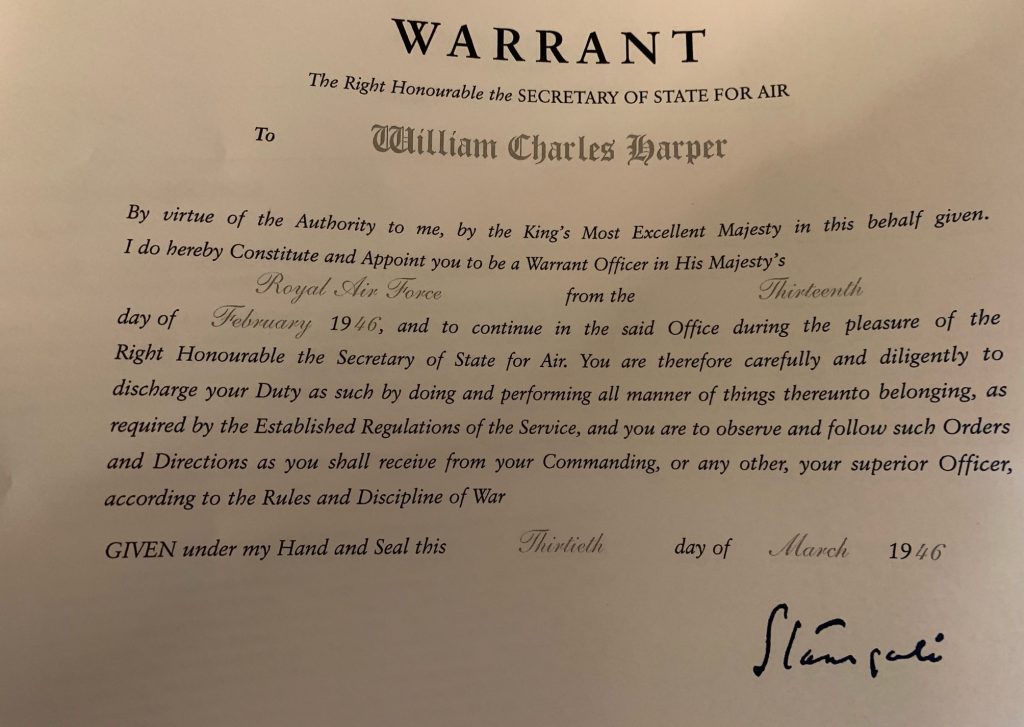
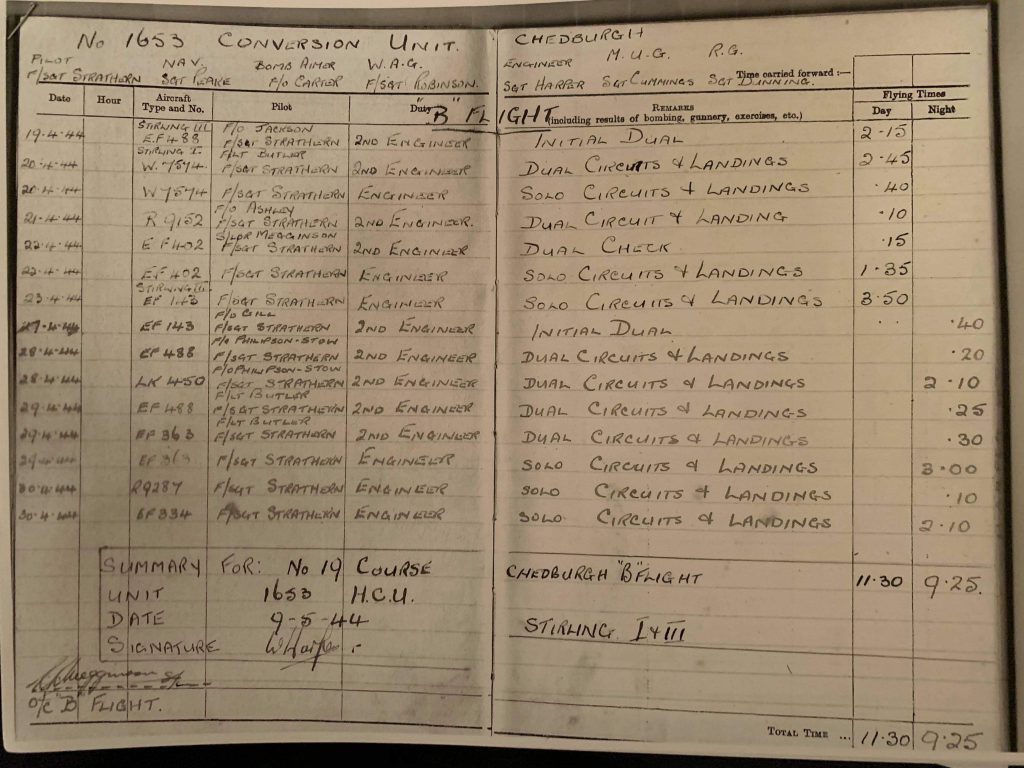
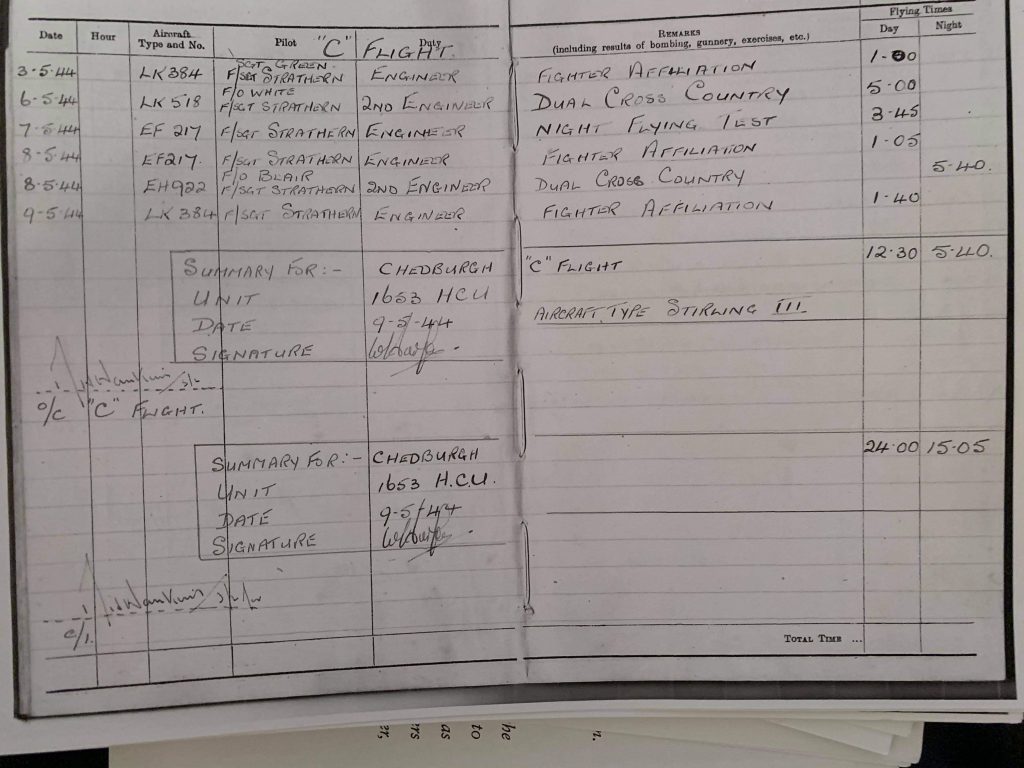
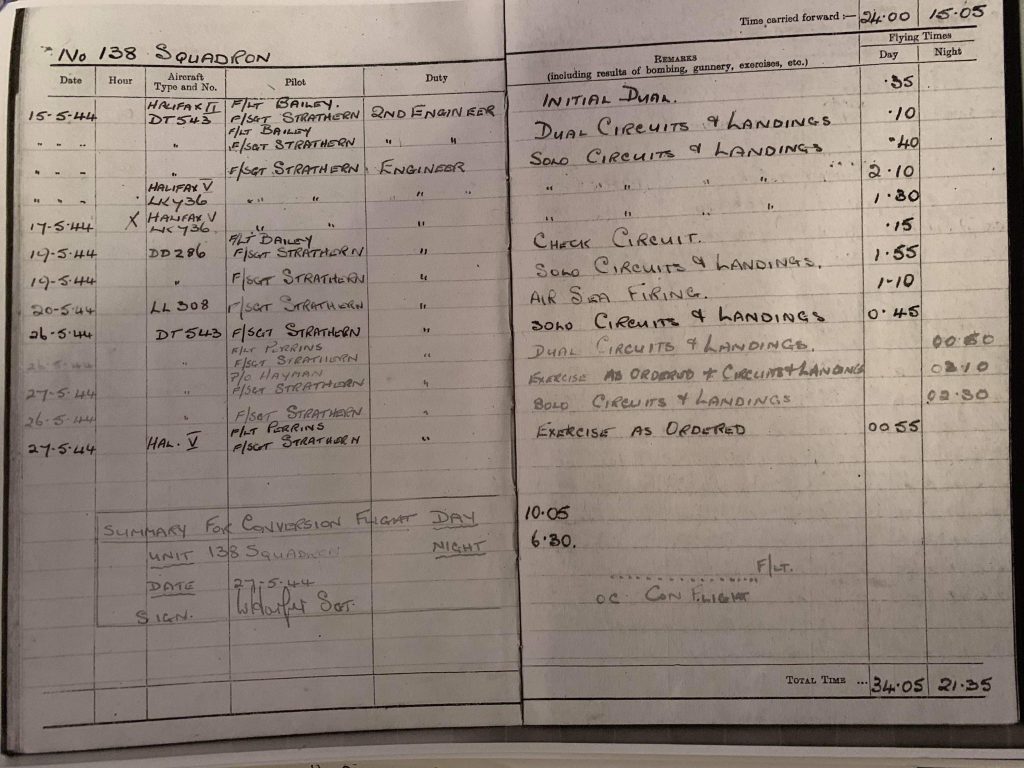
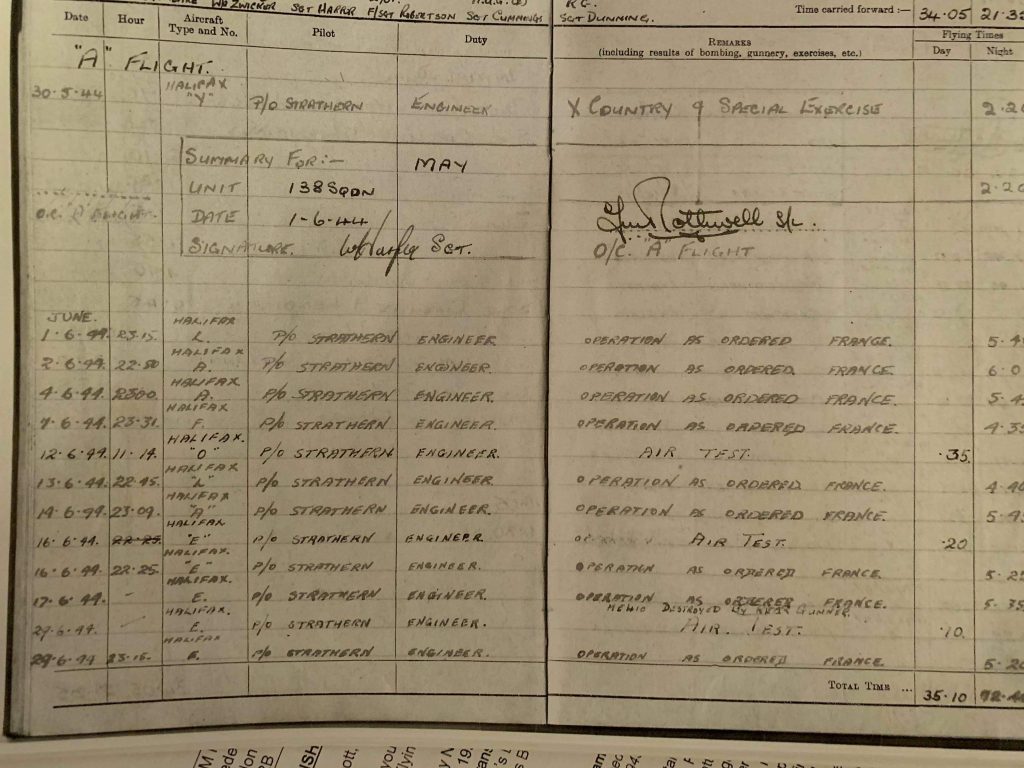
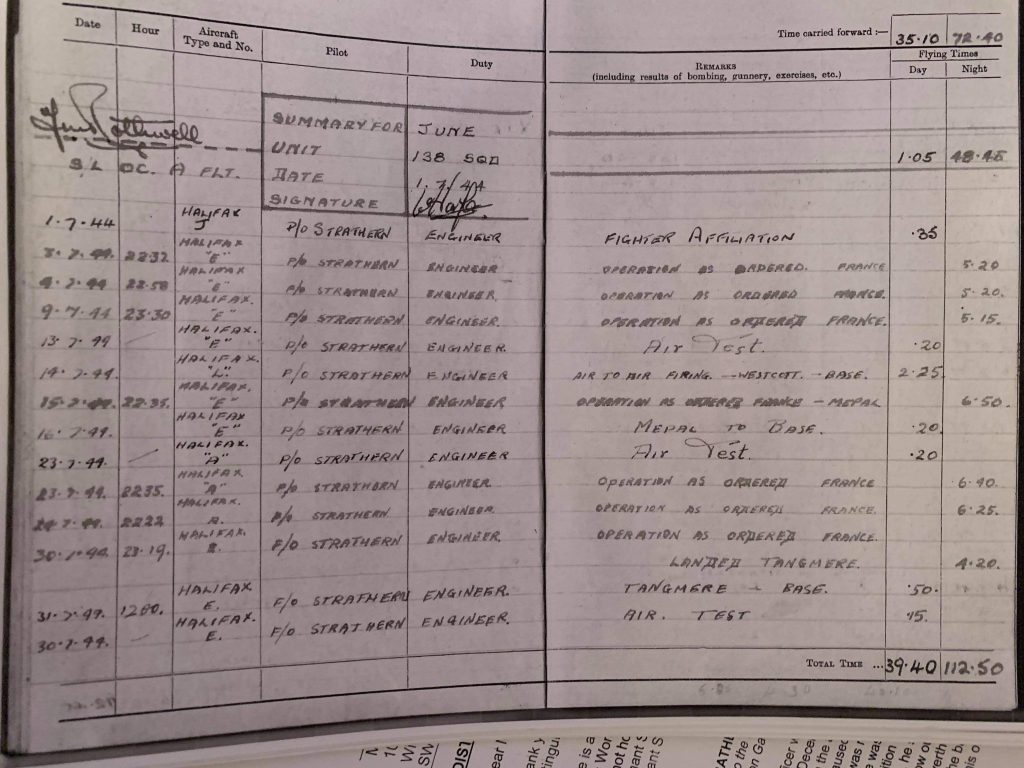
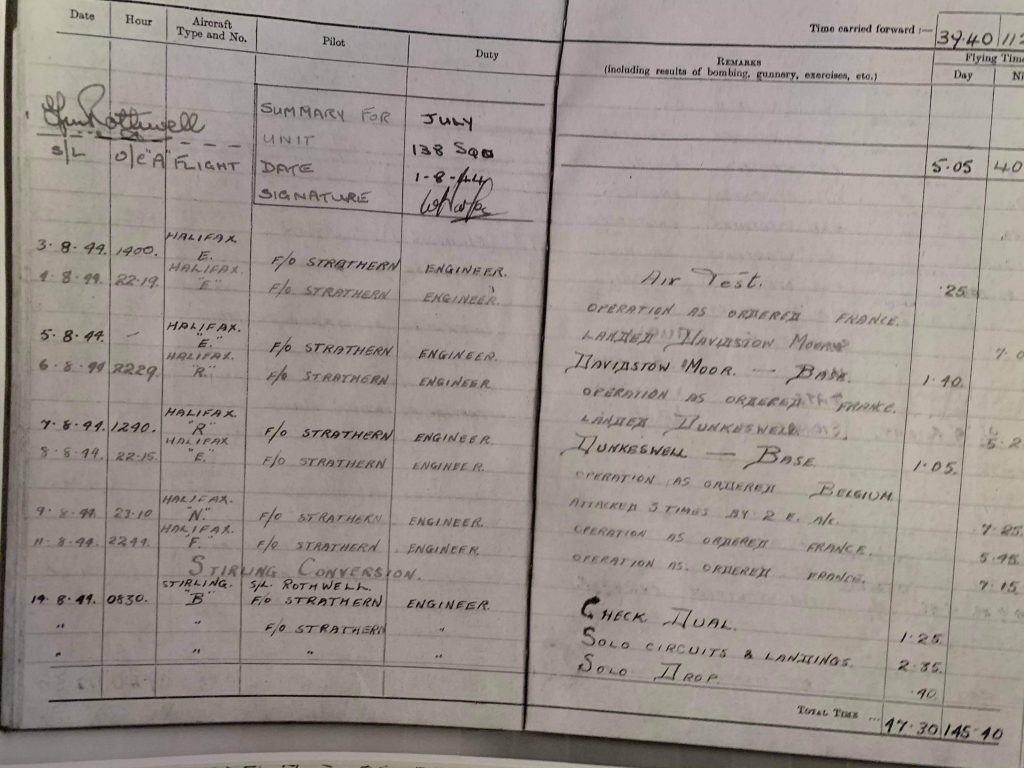
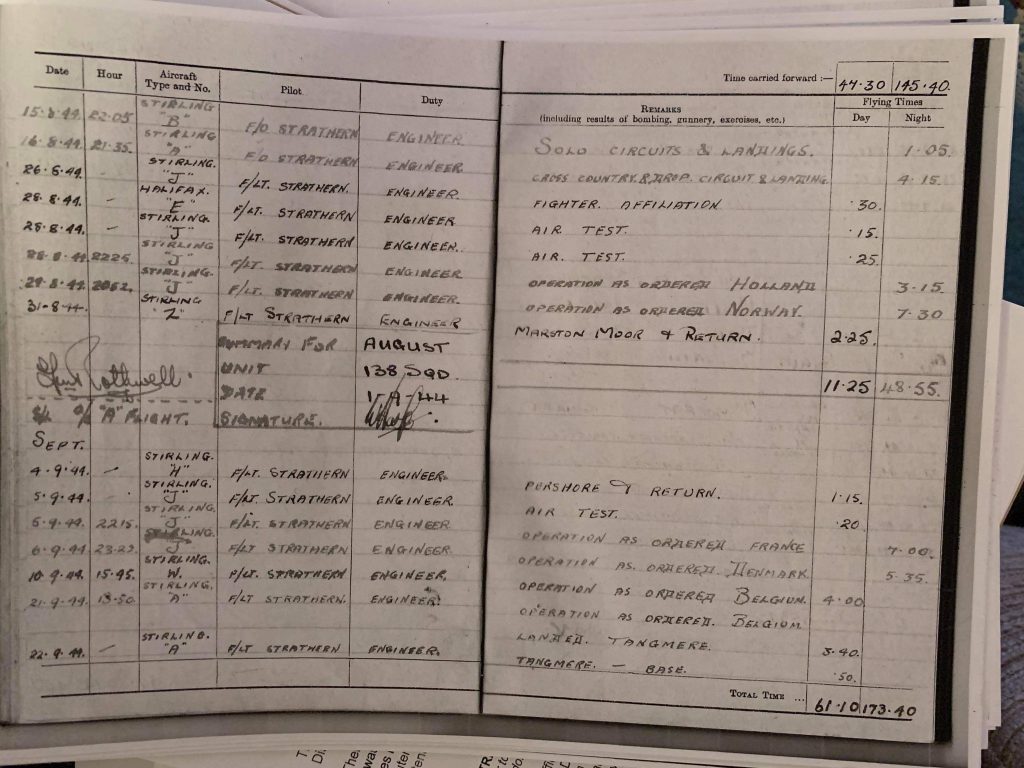
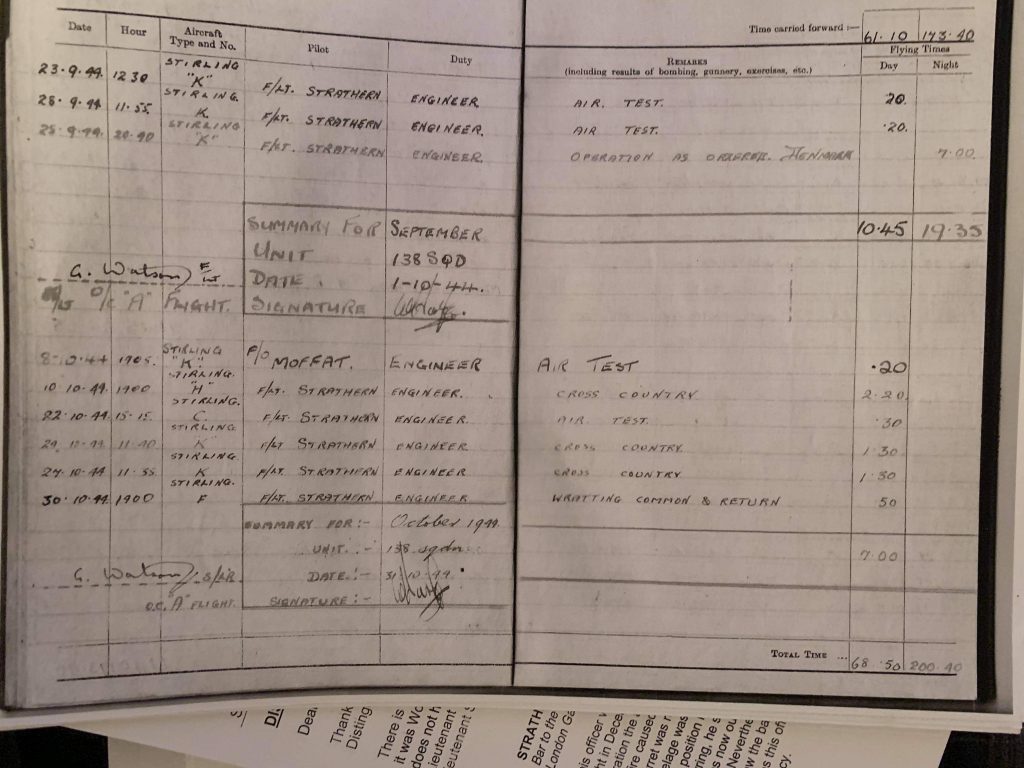
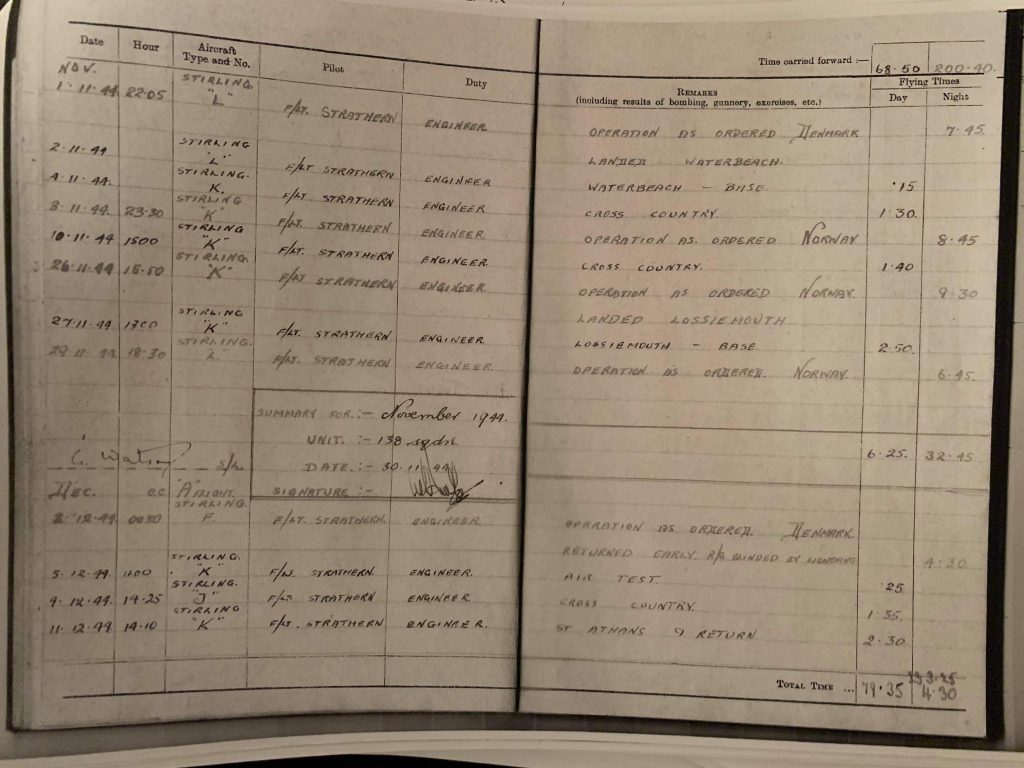
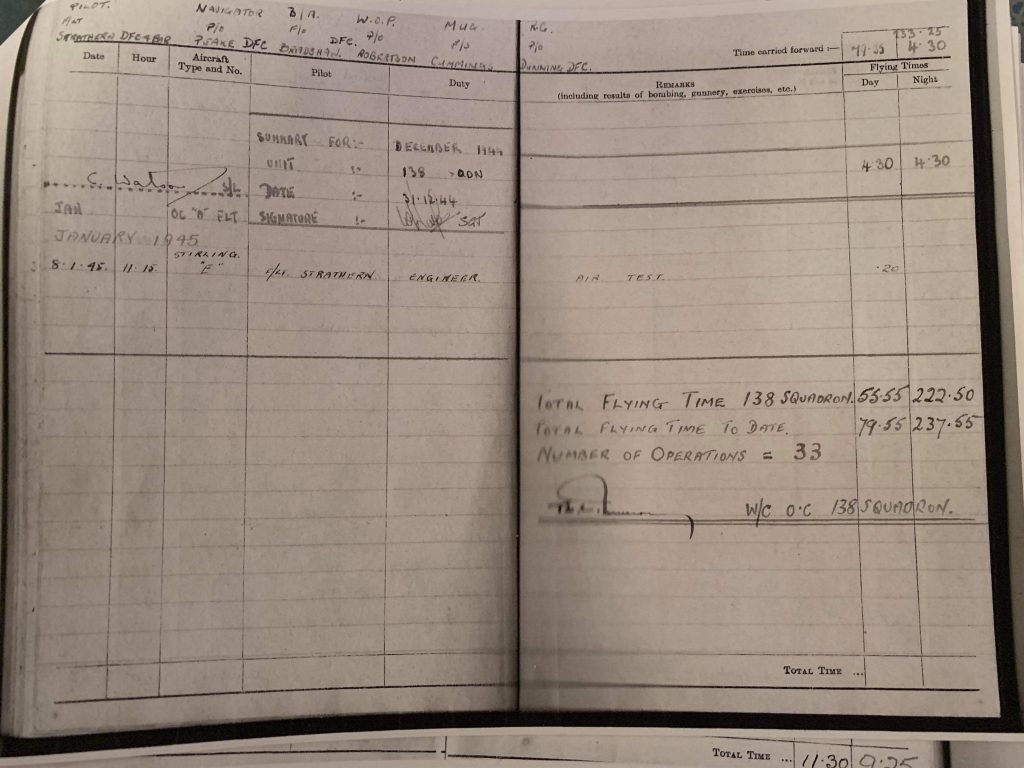
Jan 1945 